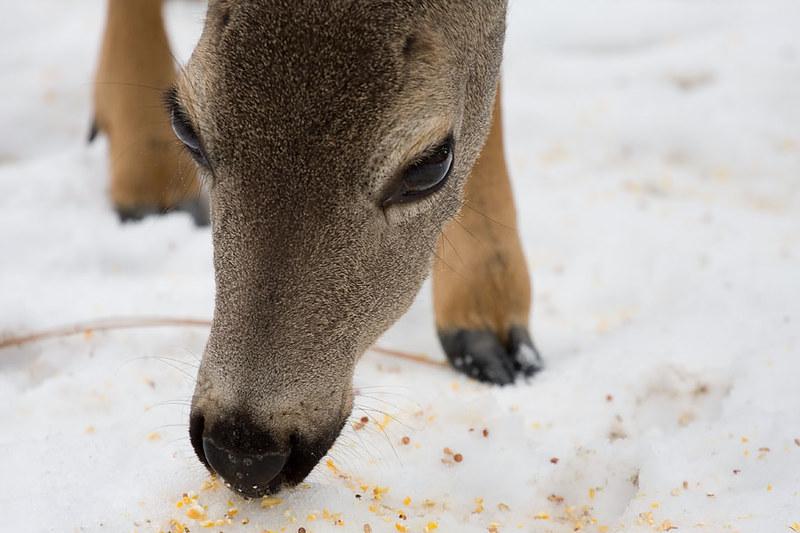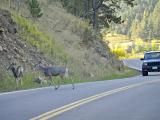The Minnesota Department of Natural Resources (DNR) on Dec 23 announced an emergency temporary ban on the movement of farmed white-tailed deer within the state, a step that allows it to investigate a recent chronic wasting disease (CWD) detection in a newly affected county.
The action, in effect for 30 days, follows the recent discovery of CWD in a farmed white-tailed deer in Douglas County in western Minnesota. On Dec 10, the Minnesota Board of Animal Health (MBAH) announced that CWD had been confirmed in an 8-year-old doe from a two-deer hobbyist herd.
Mandatory ban follows early voluntary action
The herd owner euthanized the remaining deer and submitted samples from the buck for testing, and as of Dec 10, results were pending. The site is under quarantine, and the MBAH said the detection was the first for Douglas County.
Earlier this month in the wake of the detection, the MBAH voted unanimously against a mandatory ban, opting instead for a voluntary one. Deer farmers and lobbyists who represent them opposed a mandatory ban, suggesting that it would be a "scarlet letter" on Minnesota farms.
According to the DNR, the Douglas County CWD discovery has connections to other Minnesota deer farms, and state officials need time to investigate locations that provided deer to, or received deer from, the hobby farm.
DNR Commissioner Sarah Strommen said in a statement that the department doesn't take the action lightly and is committed to proactively address CWD and to do everything it can to protect Minnesota's deer herd. "The Douglas County positive, with its connections to other farms in the state, poses a risk to wild deer that requires emergency action," she added.
Aside from helping curb the spread of CWD and evaluate the outbreak, the temporary ban will give the state time to find possible solutions to contain and eliminate the disease. The DNR said it is working closely with the MBAH to investigate the Douglas County detection and its links to other locations in the state.
The DNR is already monitoring CWD in management zones in southeastern and north-central Minnesota, where the disease has been detected in both captive and wild deer. It is also monitoring a CWD surveillance zone in central Minnesota where the disease has been found in captive deer.
CWD was detected in Minnesota in 2002, and since then, the disease has been found in 73 of more than 90,000 wild deer that have been tested.
Mounting concerns about farm-linked spread
Michael T. Osterholm, PhD, MPH, director of CIDRAP who led the August launch of a CWD Resource Center at CIDRAP, voiced strong support for the DNR's temporary movement ban. He said cervid farms pose a serious risk of transmitting the CWD prion throughout Minnesota. Three of Minnesota's four sites where CWD transmission occurred in wild deer have clear links to cervid farms, and it's very likely that the fourth involved a cervid farm source, Osterholm said.
Concerns remain about the potential transmission to other animal species and humans. "The impact of further CWD prion transmission in deer throughout Minnesota has tremendous implications," Osterholm said, adding that Minnesota's DNR has been a real leader on CWD issues. He also said researchers and officials worry about the impact of the disease on Minnesota's deer herds and the state's billion-dollar hunting industry.
The University of Minnesota's Center for Veterinary Medicine received support from the Minnesota legislature in 2019 for research on CWD tests. Neither CIDRAP nor the CWD Resource Center was part of that funding.
See also:
Dec 23 Minnesota DNR statement
Dec 10 MBAH press release
Dec 17 CIDRAP News scan "Minnesota officials call for voluntary CWD-linked limit on moving live deer"























